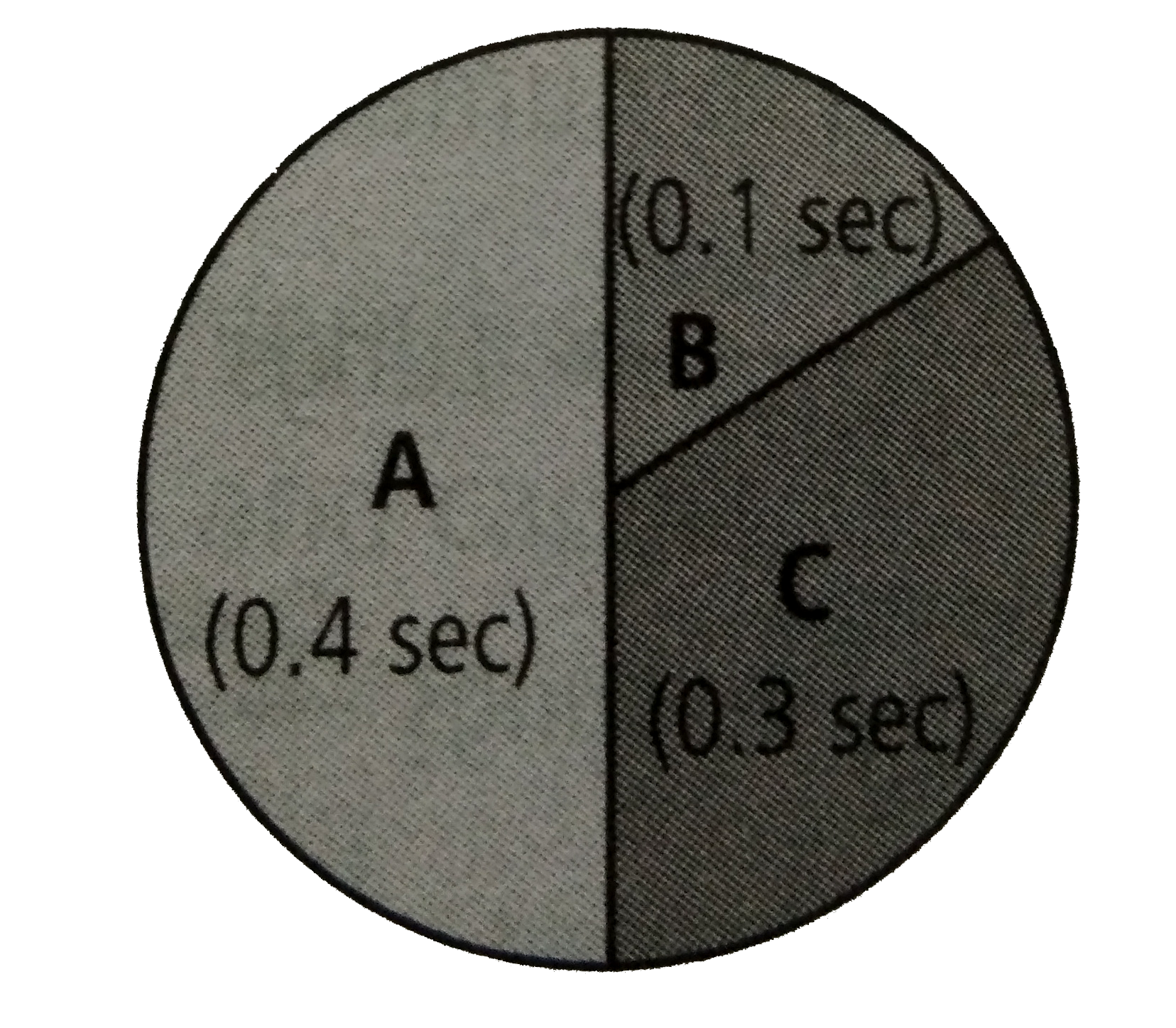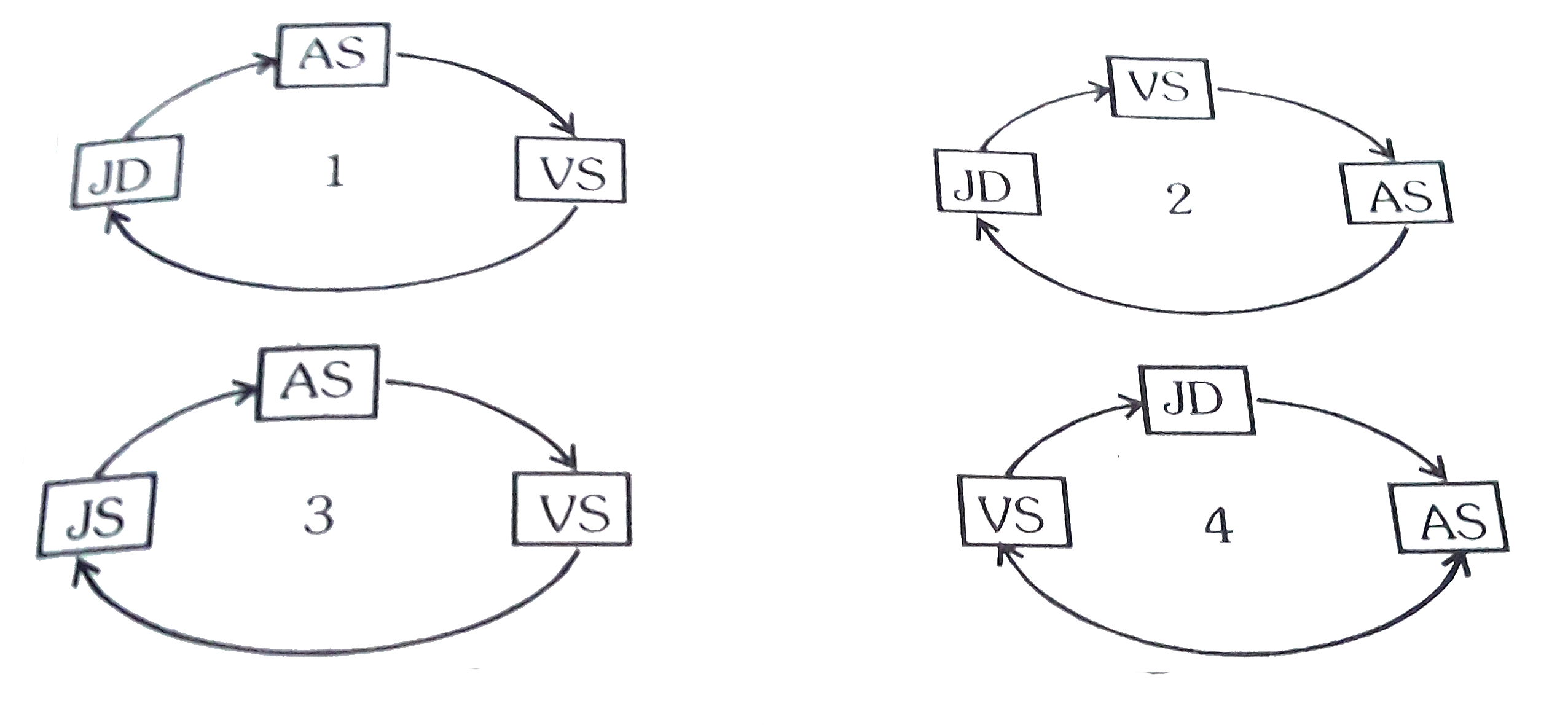Name events in a cardiac cycle.
To answer the question regarding the events in a cardiac cycle, we can break down the process into clear steps:
1. Understanding the Cardiac Cycle:
The cardiac cycle refers to the sequence of events that occur in the heart during one complete heartbeat. It involves the contraction and relaxation of the heart chambers (atria and ventricles).
2. Identify the Chambers:
The heart consists of four chambers: two atria (upper chambers) and two ventricles (lower chambers).
3. Events in the Cardiac Cycle:
The cardiac cycle can be divided into four main events:
- Atrial Systole: This is the first phase where the atria contract, pushing blood into the ventricles. This phase lasts approximately 0.1 seconds.
- Ventricular Systole: In this second phase, the ventricles contract, pumping blood out of the heart to the lungs and the rest of the body. This phase lasts about 0.3 seconds.
- Atrial Diastole: During this phase, the atria relax and fill with blood from the veins. This phase lasts around 0.7 seconds.
- Ventricular Diastole: In this final phase, the ventricles relax and fill with blood from the atria. This phase lasts about 0.5 seconds.
4. Heart Sounds:
During the cardiac cycle, two normal heart sounds are produced, commonly referred to as "lub" and "dub." These sounds correspond to the closing of heart valves during the systole and diastole phases.
Summary of Events:
- Atrial Systole (0.1 seconds)
- Ventricular Systole (0.3 seconds)
- Atrial Diastole (0.7 seconds)
- Ventricular Diastole (0.5 seconds)
The cardiac cycle refers to the sequence of events that occur in the heart during one complete heartbeat. It involves the contraction and relaxation of the heart chambers (atria and ventricles).
The heart consists of four chambers: two atria (upper chambers) and two ventricles (lower chambers).
The cardiac cycle can be divided into four main events:
- Atrial Systole: This is the first phase where the atria contract, pushing blood into the ventricles. This phase lasts approximately 0.1 seconds.
- Ventricular Systole: In this second phase, the ventricles contract, pumping blood out of the heart to the lungs and the rest of the body. This phase lasts about 0.3 seconds.
- Atrial Diastole: During this phase, the atria relax and fill with blood from the veins. This phase lasts around 0.7 seconds.
- Ventricular Diastole: In this final phase, the ventricles relax and fill with blood from the atria. This phase lasts about 0.5 seconds.
During the cardiac cycle, two normal heart sounds are produced, commonly referred to as "lub" and "dub." These sounds correspond to the closing of heart valves during the systole and diastole phases.
- Atrial Systole (0.1 seconds)
- Ventricular Systole (0.3 seconds)
- Atrial Diastole (0.7 seconds)
- Ventricular Diastole (0.5 seconds)
Topper's Solved these Questions
- BODY FLUIDS AND CIRCULATIONBOOK - ICSECHAPTER - BODY FLUIDS AND CIRCULATIONEXERCISE - REVIEW QUESTIONS( VIII. SHORT ANSWER TYPE QUESTIONS )
6 Videos
- BODY FLUIDS AND CIRCULATIONBOOK - ICSECHAPTER - BODY FLUIDS AND CIRCULATIONEXERCISE - REVIEW QUESTIONS( IX . LONG ANSWER TYPE QUESTIONS )
12 Videos
- BODY FLUIDS AND CIRCULATIONBOOK - ICSECHAPTER - BODY FLUIDS AND CIRCULATIONEXERCISE - REVIEW QUESTIONS( VI. DIFFERENTIATE BETWEEN THE FOLLOWING )
13 Videos
- BIOMOLECULESBOOK - ICSECHAPTER - BIOMOLECULESEXERCISE - REVIEW QUESTIONS (LONG ANSWER TYPE QUESTIONS)
9 Videos
- BREATHING AND EXCHANGE OF GASESBOOK - ICSECHAPTER - BREATHING AND EXCHANGE OF GASESEXERCISE - REVIEW QUESTIONS (LONG ANSWER TYPE QUESTIONS)
8 Videos
Similar Questions
Knowledge Check
Which of the following correctly explains a phase/event in cardiac cycle in a standard electrocardiogram ?
AQRS complex indicates atrial contraction.BQRS complex indicates ventricular contraction.CTime between S and T represents atrial systoleDP-wave indicates beginning of ventricular contraction.In the given figure the durations of the events of the cardiac cycle are given. Identify these events and select the correct option.
 AABCAuricular systoleJoint diastoleVentricular systoleBABCVentricular systoleJoint diastoleAuricular systoleCABCVentricular systoleAuricular systoleJoint diastoleDABCJoint diastoleAuricular systoleVentricular systole
AABCAuricular systoleJoint diastoleVentricular systoleBABCVentricular systoleJoint diastoleAuricular systoleCABCVentricular systoleAuricular systoleJoint diastoleDABCJoint diastoleAuricular systoleVentricular systole
Which of the following correctly explains a phase/event in cardiac cycle in a standard electrocardiogram
View SolutionWhich of the following correctly explains a phase/event in cardiac cycle in a standard electrocardiogram
View SolutionWhich of the following represents the correct events of a cardiac cycle beginning from the firing of an impulse from the pacemaker of the heart ?
View SolutionECG is a graphical representation of the electrical activity of the heart during a cardiac cycle. Identify the incorrect interpretation.
View SolutionIn cardiac muscle
View Solutionwhich is the correct representation of cardiac cycle.

View Solution
